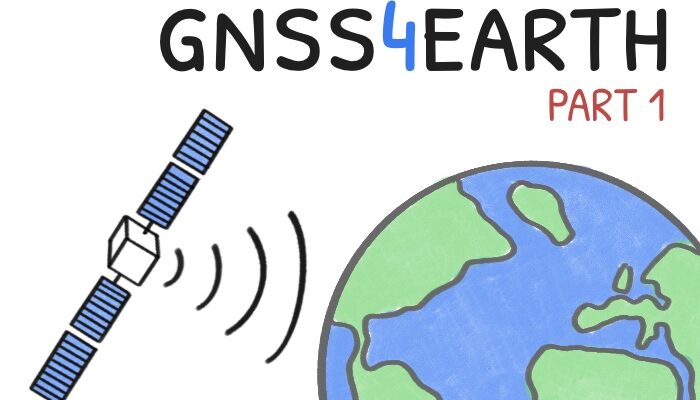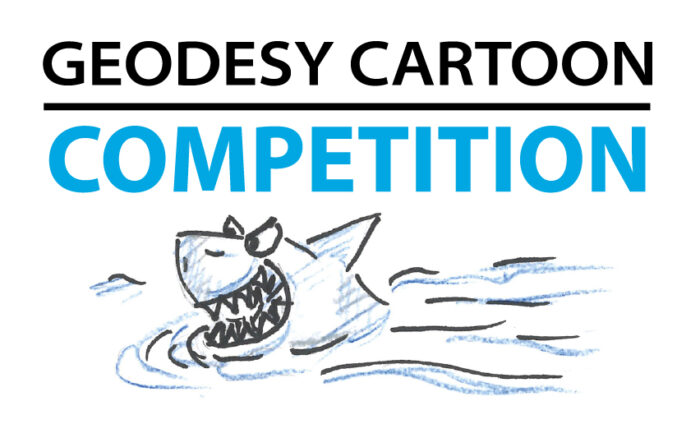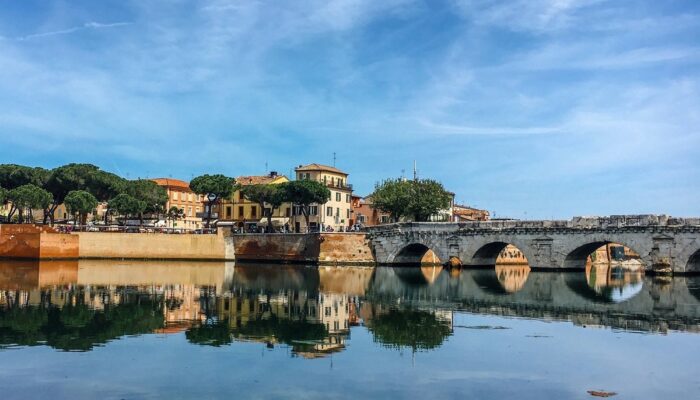Part 1 – the global case When you check directions on your smartphone or track your morning run, you’re tapping into a global infrastructure that has revolutionized not just navigation, but our understanding of Earth itself. What began as military technology has evolved into powerful scientific tools that confirm longstanding theories and reveal previously unobservable phenomena. In th ...[Read More]
Climbing Through a PhD – Mental Health on the Way to the Summit
Imagine you are going on a long mountain tour. Your backpack is heavy, the path is steep, and although you have been walking for hours, all you can see ahead of you is the next climb. Doing a PhD is like climbing such a mountain. It can feel exhausting, there is always the next challenge ahead and the finish line seems to never get closer. Self-doubt and the feeling of not doing enough accompanies ...[Read More]
Geodesy Cartoon Competition – Turn Science into Smiles
Geodesy is the science of measuring the Earth’s shape, gravity field, and rotation. What if we could make it exciting, fun, and easy for everyone to understand? That’s exactly why the International Association of Geodesy (IAG) and its Global Geodetic Observing System (GGOS) launched the Geodesy Cartoons initiative: to bring geodesy closer to the public through visually engaging and humorous illust ...[Read More]
Highlights at IAG Scientific Assembly 2025 – What you need to know
It is almost time for the scientific assembly of the International Association of Geodesy (IAG), an association of the International Union of Geodesy and Geophysics (IUGG). The EGU Geodesy Division and the IAG have worked together for many years. For example, the IAG has been the main sponsor of the Geodesy Reception at past EGU General Assemblies. Besides this, the IAG coordinates global geodetic ...[Read More]




